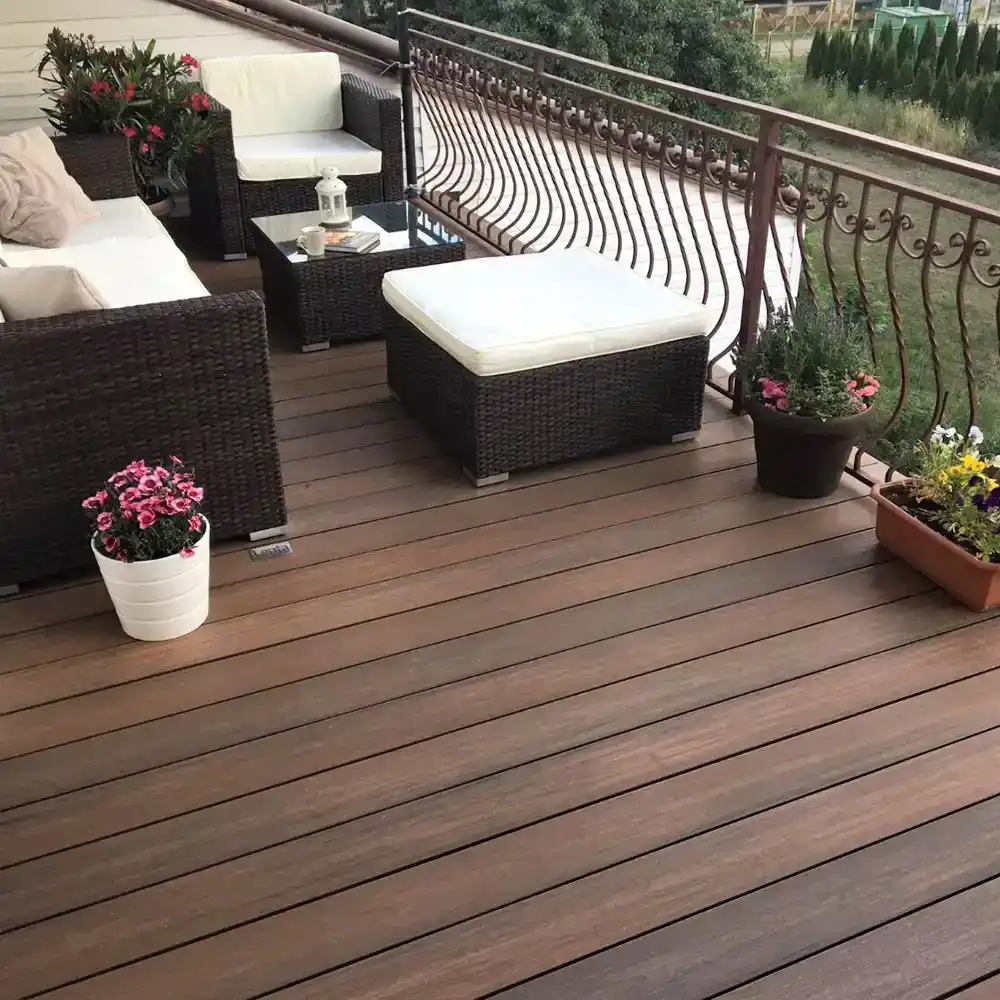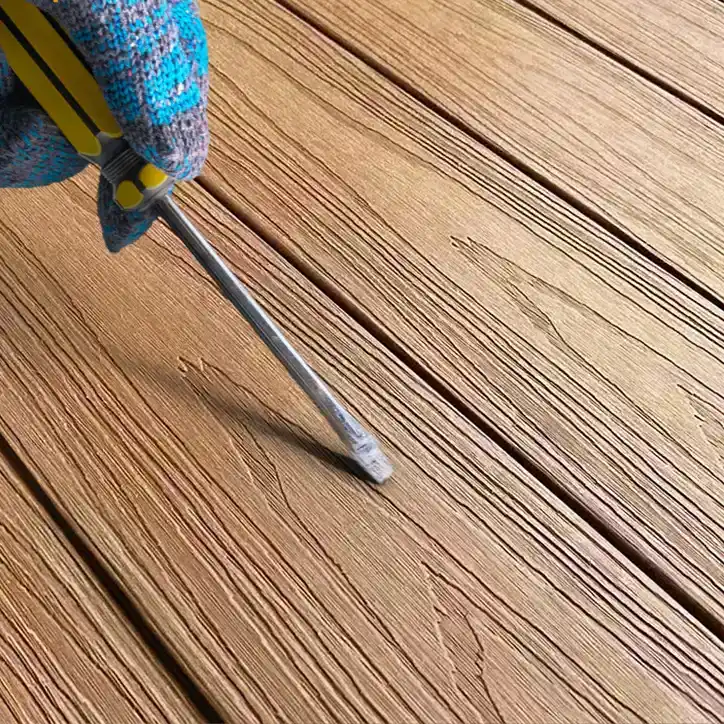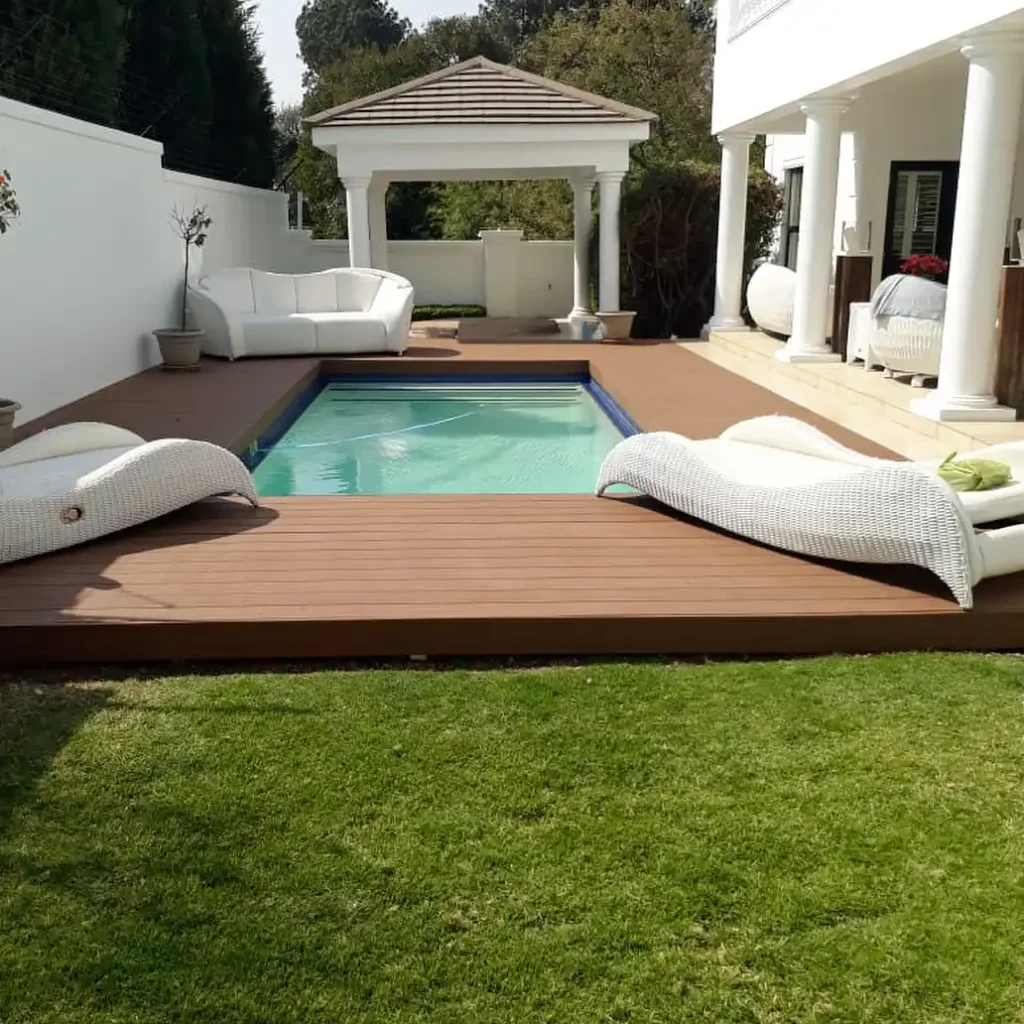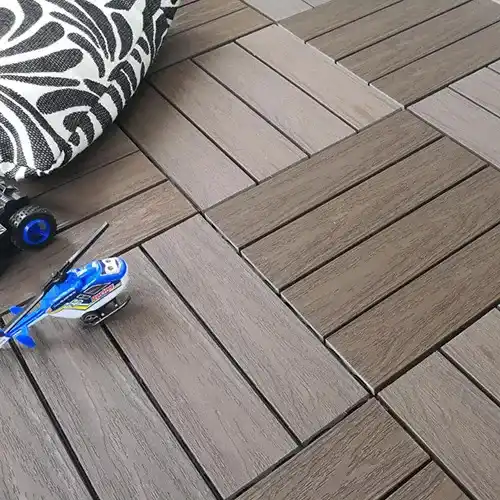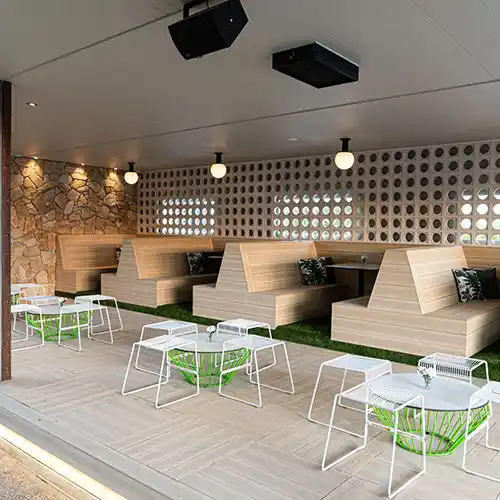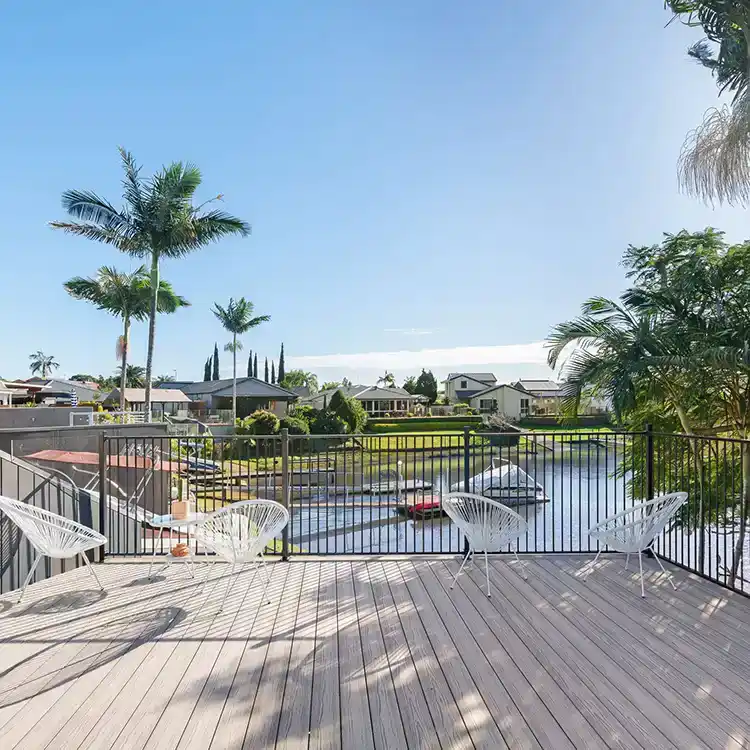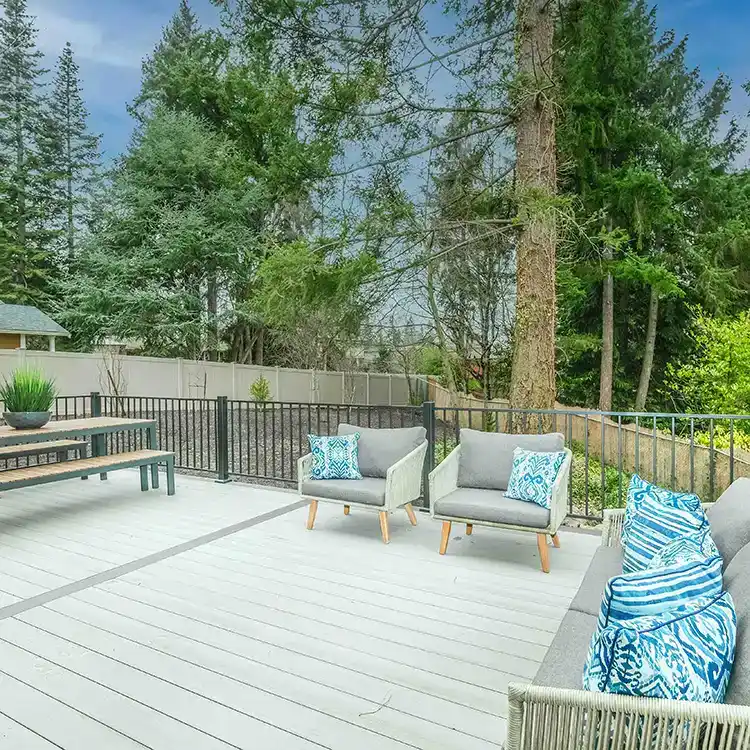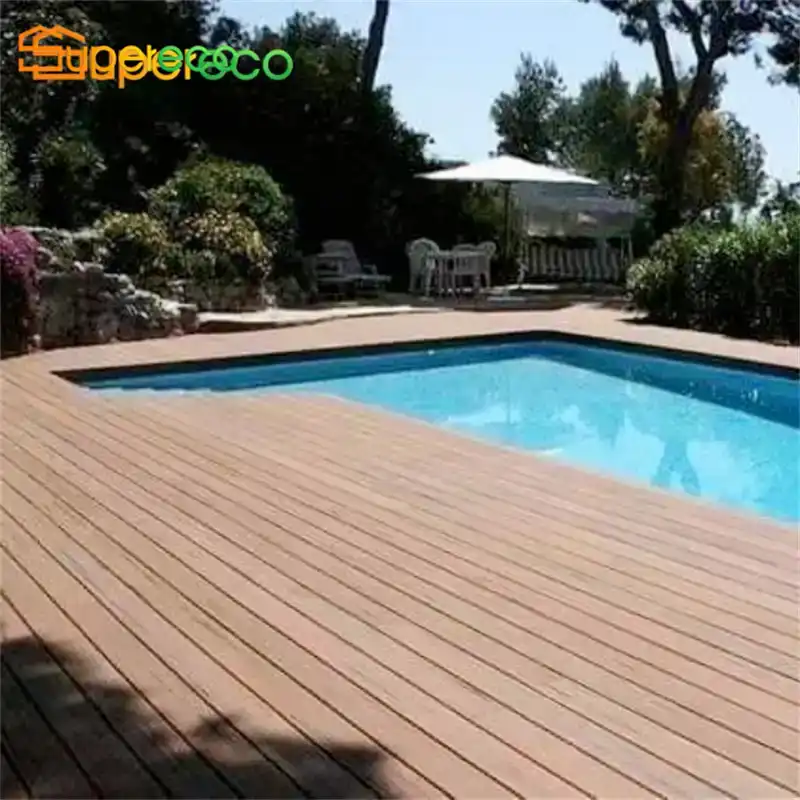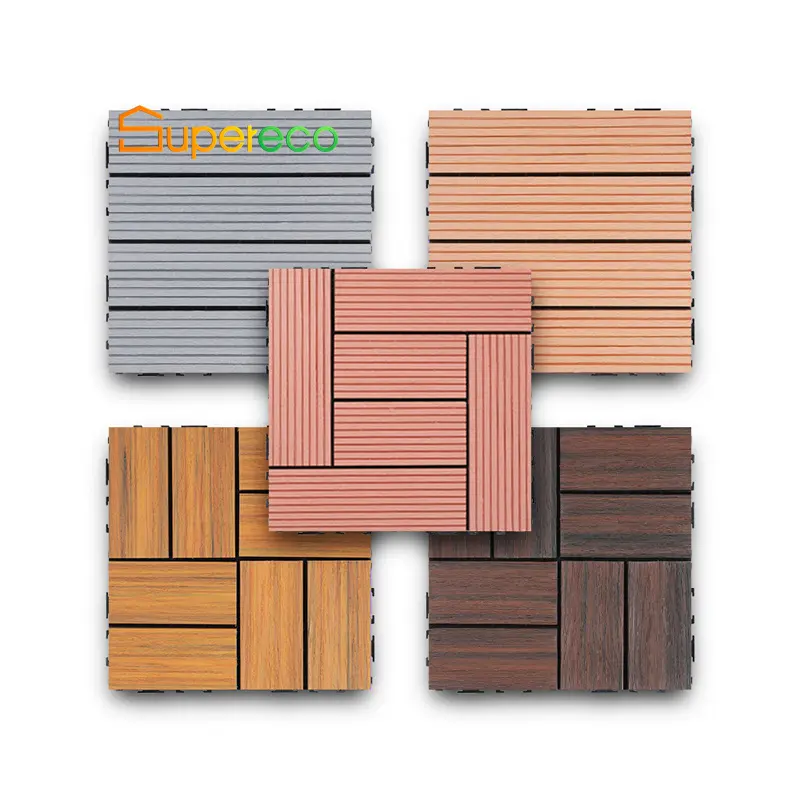Why is Composite Privacy Fencing Gaining Popularity?
A composite privacy fence is a modern fencing solution made from a blend of wood fibers, recycled plastics, and bonding agents. This combination results in a durable, low-maintenance fence that replicates the appearance of traditional wood but offers enhanced strength, weather resistance, and longevity.Unlike wooden fences that require frequent staining, sealing, and repairs, composite fencing is designed to withstand harsh weather conditions, UV exposure, and pest damage without rotting, warping, or cracking. Why is Composite Privacy Fencing Gaining Popularity? Composite privacy fences have become an increasingly popular choice among homeowners, businesses, and property developers due to their durability, aesthetic appeal, and low-maintenance benefits. Here are some key reasons for their growing demand:Unlike wooden fences that require frequent staining, sealing, and repairs, composite fencing is designed to withstand harsh weather conditions, UV exposure, and pest damage without rotting, warping, or cracking. 1. Long-Lasting Durability Unlike traditional wood fences, composite fences are resistant to moisture, rot, termites, and weather-related damage. Their average lifespan ranges between 25 to 50 years, making them a long-term investment for homeowners. 2. Low Maintenance Wooden fences require regular painting, staining, and sealing to prevent decay and maintain their appearance. Composite fencing, on the other hand, only needs occasional cleaning with soap and water, saving both time and money on maintenance. 3. Eco-Friendly Choice Many composite fences are made using recycled plastics and reclaimed wood fibers, making them a sustainable alternative to traditional wooden fences. By using recycled materials, they help reduce deforestation and plastic waste. 4. Enhanced Aesthetic Appeal Composite fences mimic the natural grain and texture of wood while offering a variety of colors, styles, and finishes to complement different home designs. Unlike wood, composite materials do not fade or discolor easily, ensuring a consistent look for years. 5. Stronger Security & Privacy As the name suggests, privacy fences are designed to provide maximum security and seclusion. Composite fences come in solid panel designs, which block views from neighbors and passersby while also reducing noise pollution. 6. Weather & Pest Resistance Waterproof – Composite fences do not absorb water, preventing warping or swelling.UV-Resistant – Protected from sun damage and fading.Termite-Proof – Unlike wood, composite materials are impervious to insects and pests. 7. Cost-Effectiveness in the Long Run Although the initial cost of composite fencing is higher than wood or vinyl, it proves cost-effective over time due to reduced maintenance expenses and longer lifespan. 8. Increasing Popularity Among HOAs and Property Developers Many Homeowners Associations (HOAs) and property developers now prefer composite fences because they offer a clean, uniform look, comply with environmental regulations, and require less upkeep compared to traditional wood. A composite privacy fence is an ideal solution for homeowners looking for a modern, stylish, and long-lasting fencing option. With its durability, low-maintenance benefits, and eco-friendly features, it’s no surprise that composite fencing is becoming the preferred choice for residential and commercial properties.


